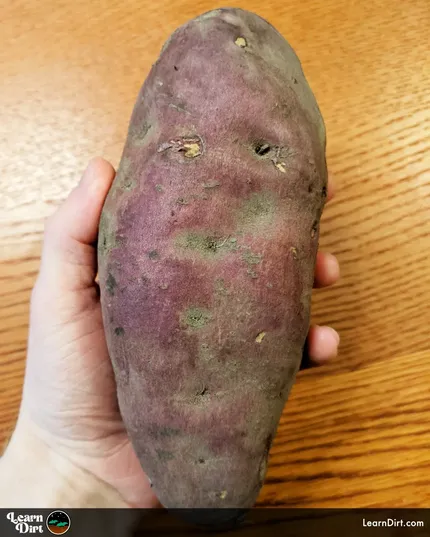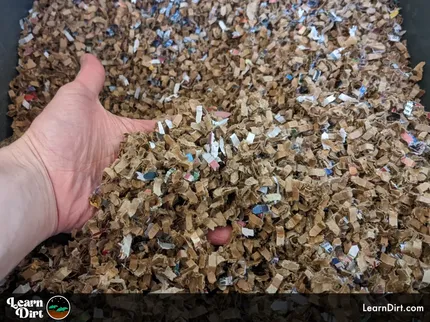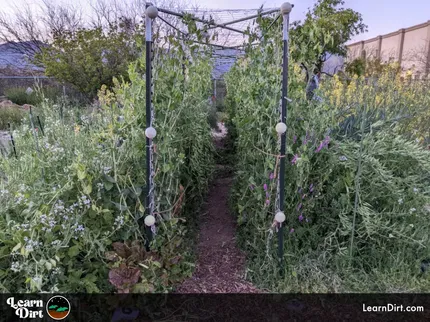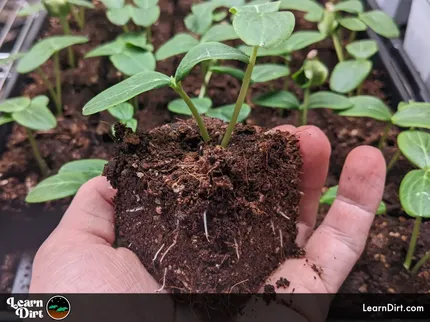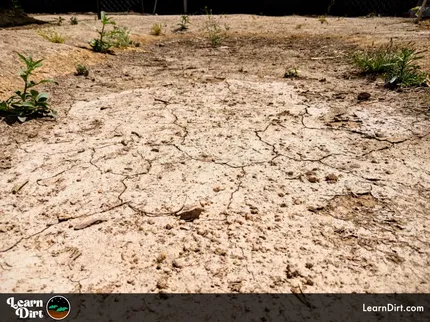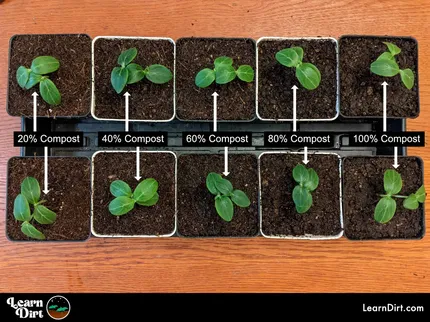Table of Contents
* Our articles never contain AI-generated slop *
Curious what you should plant in Tucson in January?
January in the low desert is a great time. While the rest of the country is months away from being able to garden, ours are absolutely thriving.
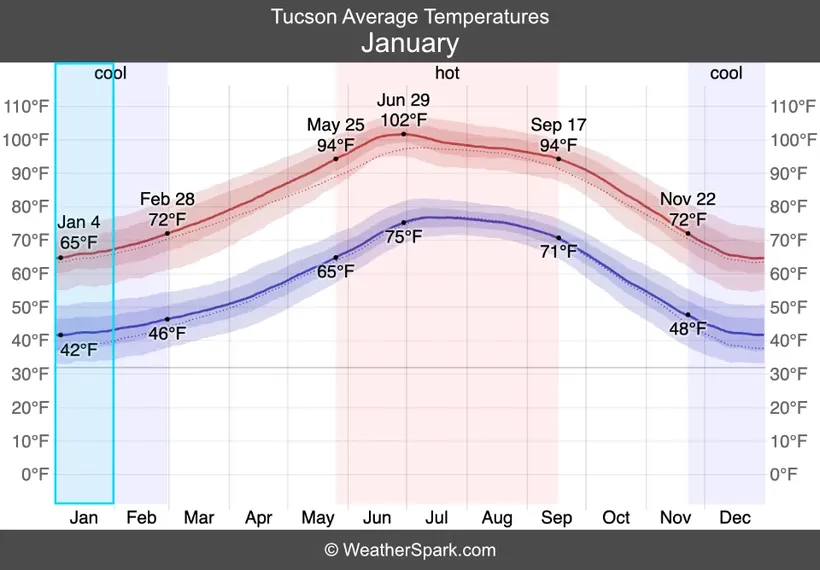
Overnight average lows rise from 42F to 43F during January.
Planting
Cover Crops & Forage
I list cover crops first because I believe they're the most important thing to grow in a regenerative garden.
Disclaimer: This post may contain affiliate links. Refer to the privacy policy for more information.
Without first building great soil, how can we hope to grow anything that's healthy or nutritious?
Cover crops help to add nitrogen and organic matter to soils, break up compaction, increase moisture retention and infiltration, suppress weeds, prevent erosion, and build dang good dirt.
1st Half of January
BROADCAST OUTDOORS:
Common Vetch, Crimson Clover, Forage Radish, Flax, Hairy Vetch, Lentil, Oats, Oilseed Radish, Red Clover, Rye, Tillage Radish, Yellow Sweetclover, Wheat, White Sweetclover
DIRECT SOW / DRILL OUTDOORS:
Chickpea, Fava Bean, Forage Pea, Lentil, Winter Pea
2nd Half of January
BROADCAST OUTDOORS:
Common Vetch, Crimson Clover, Forage Radish, Flax, Hairy Vetch, Lentil, Oats, Oilseed Radish, Red Clover, Rye, Tillage Radish, Yellow Sweetclover, Wheat, White Sweetclover
DIRECT SOW / DRILL OUTDOORS:
Chickpea, Fava Bean, Forage Pea, Lentil, Winter Pea
January is a great time to consider fitting in a cover crop cycle before spring comes. By planting cover crops such as oats and hairy vetch in January, you can grow plenty of biomass to chop & drop before spring planting.
Herbs
1st Half of January
SOW INDOORS:
Anise, Borage, Caraway, Chives, Cilantro, Dill, Fennel, Lemon Balm, Marjoram, Mint, Oregano, Parsley, Rosemary, Sage, Tarragon, Thyme
DIRECT SOW:
Anise, Borage, Caraway, Chives, Cilantro, Dill, Fennel, Lemon Balm, Marjoram, Mint, Oregano, Parsley, Rosemary, Sage, Tarragon, Thyme
HARDEN OFF & TRANSPLANT OUT:
Anise, Borage, Caraway, Chives, Cilantro, Dill, Fennel, Lemon Balm, Marjoram, Mint, Oregano, Parsley, Rosemary, Sage, Tarragon, Thyme
2nd Half of January
SOW INDOORS:
Borage, Caraway, Chives, Cilantro, Dill, Fennel, Lemon Balm, Marjoram, Mint, Oregano, Parsley, Sage, Tarragon, Thyme
DIRECT SOW:
Borage, Caraway, Chives, Cilantro, Dill, Fennel, Lemon Balm, Marjoram, Mint, Oregano, Parsley, Rosemary, Sage, Tarragon, Thyme
HARDEN OFF & TRANSPLANT OUT:
Borage, Caraway, Chives, Cilantro, Dill, Fennel, Lemon Balm, Marjoram, Mint, Oregano, Parsley, Sage, Tarragon, Thyme
Fruits & Vegetables
1st Half of January
SOW INDOORS:
Broccoli, Cauliflower, Chickpea, Collards, Endive, Escarole, Fava Bean, Kale, Kohlrabi, Lentil, Lettuce, Mâche (Cornsalad), Mizuna, Mustard, Romanesco, Spinach, Swiss Chard
DIRECT SOW OUTDOORS:
Artichoke, Beet, Broccoli, Cardoon, Carrot, Cauliflower, Chickpea, Collards, Endive, Escarole, Fava Bean, Kale, Kohlrabi, Lentil, Lettuce, Mâche (Cornsalad), Mizuna, Mustard, Parsnip, Radish, Romanesco, Rutabaga, Spinach, Swiss Chard, Turnip, Wheat
HARDEN OFF & TRANSPLANT OUT:
Artichoke, Broccoli, Cardoon, Cauliflower, Chickpea, Collards, Endive, Escarole, Fava Bean, Kale, Kohlrabi, Lettuce, Mâche (Cornsalad), Mizuna, Mustard, Romanesco, Spinach, Swiss Chard
2nd Half of January
SOW INDOORS:
Collards, Endive, Escarole, Fava Bean, Kale, Lettuce, Mizuna, Spinach
DIRECT SOW OUTDOORS:
Artichoke, Beet, Cardoon, Carrot, Collards, Endive, Escarole, Fava Bean, Kale, Kohlrabi, Lettuce, Mâche (Cornsalad), Mizuna, Mustard, Radish, Rutabaga, Spinach, Swiss Chard, Turnip, Wheat
HARDEN OFF & TRANSPLANT OUT:
Artichoke, Cardoon, Collards, Endive, Escarole, Fava Bean, Kale, Kohlrabi, Lettuce, Mâche (Cornsalad), Mizuna, Mustard, Spinach, Swiss Chard

Grains, Seeds, & Cereals
1st Half of January
BROADCAST OUTDOORS:
Quinoa
2nd Half of January
BROADCAST OUTDOORS:
Quinoa
Flowers
1st Half of January
BROADCAST OUTDOORS:
DIRECT SOW OUTDOORS:
Nasturtium
2nd Half of January
BROADCAST OUTDOORS:
DIRECT SOW OUTDOORS:
Nasturtium
Harvesting
Produce
1st Half of January
2nd Half of January
Seed Saving
1st Half of January
2nd Half of January
Cut Flowers
1st Half of January
2nd Half of January
Weeding
Weeds to Pull
Mallow
Mallow has a way of taking over Sonoran desert gardens in January, and can quickly become a big plant.
Mallow has some edible value as well as some medicinal value and food for pollinators.
That said, it's not a native plant and can take over your garden pretty dang quick. I find the raw leaf texture to be that of chalk - a lot of calcium probably, and fairly gross.
Join The Grower's Community
Find your people.
Your voice matters here 🌱
Check It Out!
It's easy to pull, though, and can be chopped and dropped for organic matter.
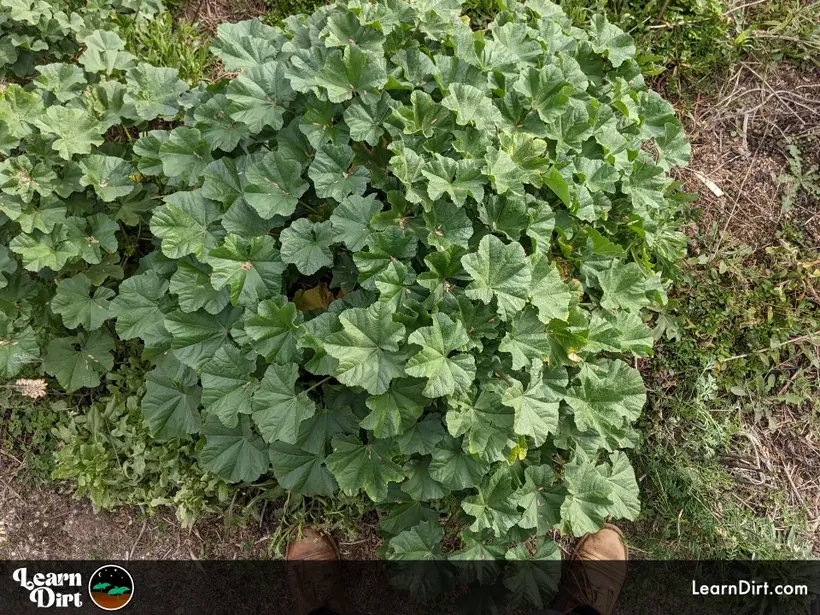
This was composted for organic material.
Spiny Sowthistle
Spiny sowthistle usually starts showing up with a little more force in Tucson gardens by mid-January, though it's likely been around all winter.
You may choose to leave a few around to flower for the pollinators, but this is generally considered a nuisance plant.
While most thistles are edible and spiny sowthistle is no exception, it's frankly way too prickly and angry for me to want to try and cook.
I simply leave these to grow if they're out of the way, and pull them with a pair of leather gloves on when they show up in my garden spaces.
More Tucson Planting Calendars
Know some plants I missed for January in Tucson? We'd love to hear from you over on the forum!
That's all for now, thanks for reading!
If you have any questions, comments, or would like to connect with fellow gardeners, head on over to the forum and post there.

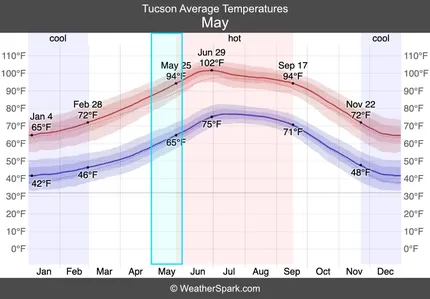
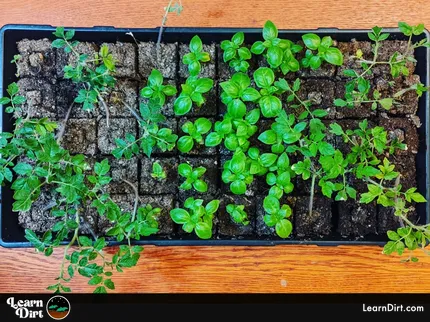

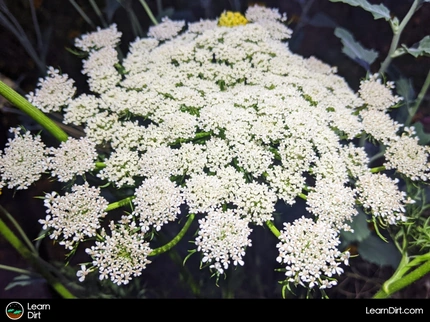

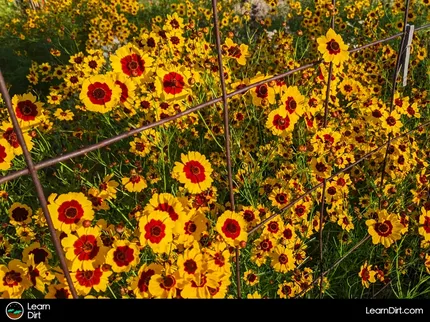

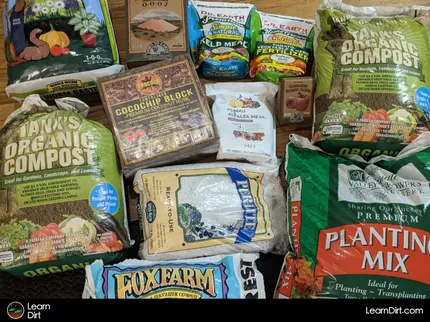
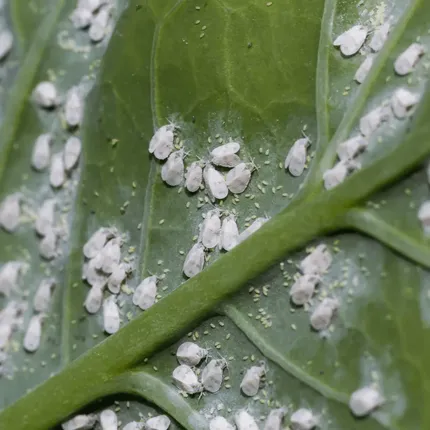
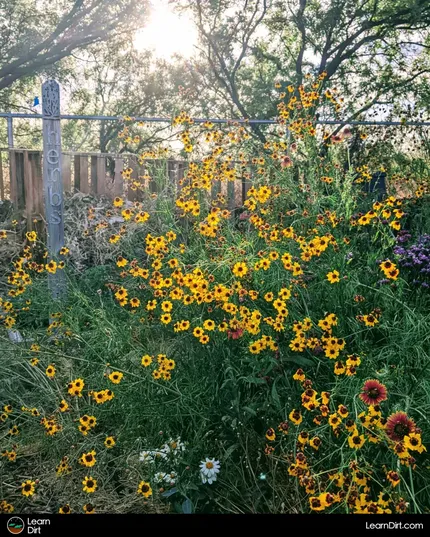
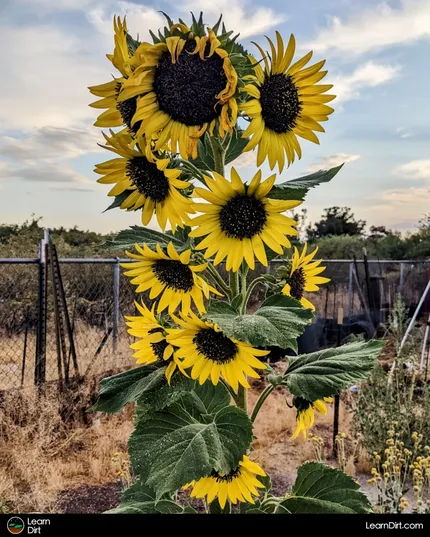

![Don't Till Away Your Carbon [Neon] Sticker](/media/product_images/dont-till-away-your-carbon-[neon]_sticker_260x260.png)

